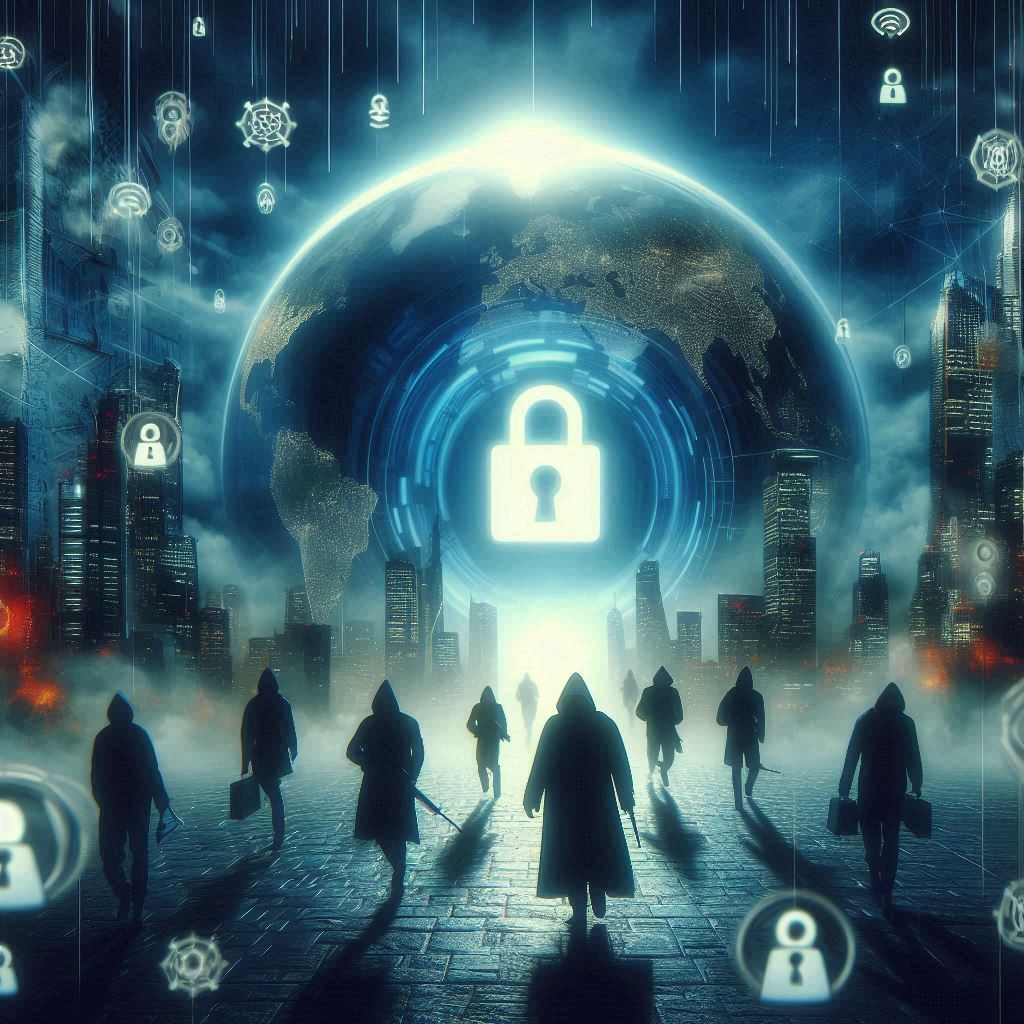What the CrowdStrike Aftermath Teaches Us About Cybersecurity Resilience

By Grant Leonard, Field CISO of Lumifi
Global IT Outage Sparks Industry-Wide Concerns
Significant global IT outages, like the CrowdStrike incident in 2024, can impact millions of devices worldwide, disrupting critical sectors such as air travel, finance, and healthcare. These events, often triggered by faulty software updates, expose vulnerabilities in cybersecurity practices and prompt industry-wide changes. In response, the sector has intensified its focus on rigorous testing, vendor accountability, and the ‘shared responsibility’ model for software updates. Organizations now prioritize cybersecurity resilience, emphasizing robust business continuity plans and comprehensive cyber insurance coverage.
At the heart of the issue was a critical logic error in a series of configuration files called Channel Files, specifically the C-00000291.sys file. This seemingly routine update, intended to improve sensor performance, instead caused affected systems to crash, highlighting the delicate balance between security enhancements and operational stability.
Rapid Response Amid Chaos
CrowdStrike’s incident response team detected the error in about 1.5 hours, demonstrating rapid coordination by addressing the problem across over 600,000 unique IP addresses in 153 distinct countries. The company partnered with Microsoft for remediation, releasing a fixed update at 05:27 UTC on the same day.
This swift action, while commendable, couldn’t prevent the significant disruption that followed. The incident’s far-reaching impact set the stage for a crucial examination of industry practices.
Hearing Highlights and Missed Opportunities
During the hearing, CrowdStrike’s testimony focused on the root cause of the outage and their response efforts. The company acknowledged the lost trust resulting from this incident and emphasized the lessons learned. While the subcommittee gained insights into CrowdStrike’s crisis management, some industry experts felt the hearing could have delved deeper into the company’s decision-making process during the crisis and their plans for preventing similar incidents in the future.
The hearing’s outcomes rippled through the cybersecurity community, prompting a reevaluation of standard practices and safeguards.
A Wake-Up Call for the Industry
The incident and subsequent hearing brought several technical lessons to the forefront of the cybersecurity industry. It reinforced the critical importance of rigorous quality assurance (QA) processes in update deployment and prompted a reevaluation of auto-update mechanisms in critical systems.
The Power of Diversification with the SOC Visibility Triad
The CrowdStrike incident highlighted the critical importance of implementing a SOC Visibility Triad. This approach combines Endpoint Detection and Response (EDR), Network Detection and Response (NDR), and Security Information and Event Management (SIEM) to create a robust, multi-layered security infrastructure.
Michael Malone, CEO of Lumifi, advocates for this approach: “We champion the SOC Visibility Triad. Most companies should implement all three for robust protection. Losing one of these tools temporarily is a manageable disruption, but losing your only security tool, even briefly, can leave you vulnerable.”
The SOC Visibility Triad provides comprehensive coverage, redundancy, and enhanced threat detection. EDR monitors endpoints, NDR watches network traffic, and SIEM analyzes log data from various sources. If one system fails, the others maintain protection and visibility. This multi-layered strategy creates a more complete picture of potential threats, significantly improving overall security posture.
How to Navigate the New Cybersecurity Landscape
The CrowdStrike outage revealed the need for scalable incident response capabilities. Many organizations struggled with the sudden surge in support requests, highlighting the importance of preparedness.
To address single-vendor dependence and enhance cybersecurity resilience, Malone advocates for implementing multiple security layers and conducting regular Business Continuity and Disaster Recovery (BCDR) plan reviews and simulations.
This proactive strategy not only ensures uninterrupted protection but also prepares companies for potential disruptions, enabling them to maintain operations during critical incidents. Malone also emphasizes the importance of this multi-faceted approach in navigating the evolving cybersecurity landscape.
The industry will likely adopt more thorough testing protocols before deploying updates. This approach aims to maintain the delicate balance between security enhancements and operational stability, preventing future incidents similar to the CrowdStrike outage.
Future-Proofing Cybersecurity Practices
Looking to the future, the cybersecurity industry can expect several changes in practices and strategies. Patch management strategies will likely become more cautious, with companies implementing more rigorous testing protocols before deploying updates. There will be an enhanced focus on scalable incident response capabilities and robust business continuity and disaster recovery (BCDR) plans.
Shifting the Landscape with Trust, Vendor Selection, and Legal Implications
From an industry perspective, the CrowdStrike incident may lead to shifts in customer trust and vendor selection processes. Companies may become more cautious about relying on a single vendor for critical security functions, instead opting for a more diversified approach. This shift aligns with the SOC Visibility Triad recommendation, which inherently involves multiple tools and vendors.
The long-term effects on cybersecurity product development and testing could also be significant. Companies may invest more heavily in QA processes and implement additional layers of testing, both automated and human. There may also be changes in the legal language of service agreements, with vendors potentially seeking to reduce their liability and strengthen indemnity clauses.
A New Era of Cybersecurity Resilience
The CrowdStrike hearing served as a wake-up call for the cybersecurity industry. It highlighted the critical need for robust QA processes, the importance of diversifying security tools through the SOC Visibility Triad, and the value of comprehensive incident response and business continuity planning. As the industry moves forward, these lessons will likely shape the development of more resilient and reliable cybersecurity practices, ultimately benefiting both providers and their clients.
For IT and cybersecurity professionals, the key takeaways include the need to rigorously test updates before deployment, implement a diverse set of security tools following the SOC Visibility Triad model, and regularly review and practice incident response plans. The CrowdStrike incident, while disruptive, has played a crucial role in advancing industry best practices and promoting a more holistic approach to cybersecurity.

Grant Leonard has nearly 20 years of experience in corporate-level network security, specializing in risk management and mitigation, as well as SIEM architecture and management. Currently serving as Field CISO at Lumifi since October 2013, Grant has held various roles, including SVP of Channel and Customer Success and co-founder of Castra, a managed security services and consulting firm. Prior experience includes positions at AT&T as Principal Security Analyst and Senior Security Analyst, where skills in building and managing SIEM platforms for government clients were developed. Other roles include SOC Manager at Perimeter eSecurity and eBusiness Consultant at IBM. Grant holds a BS in Biology from the University of North Carolina at Chapel Hill.